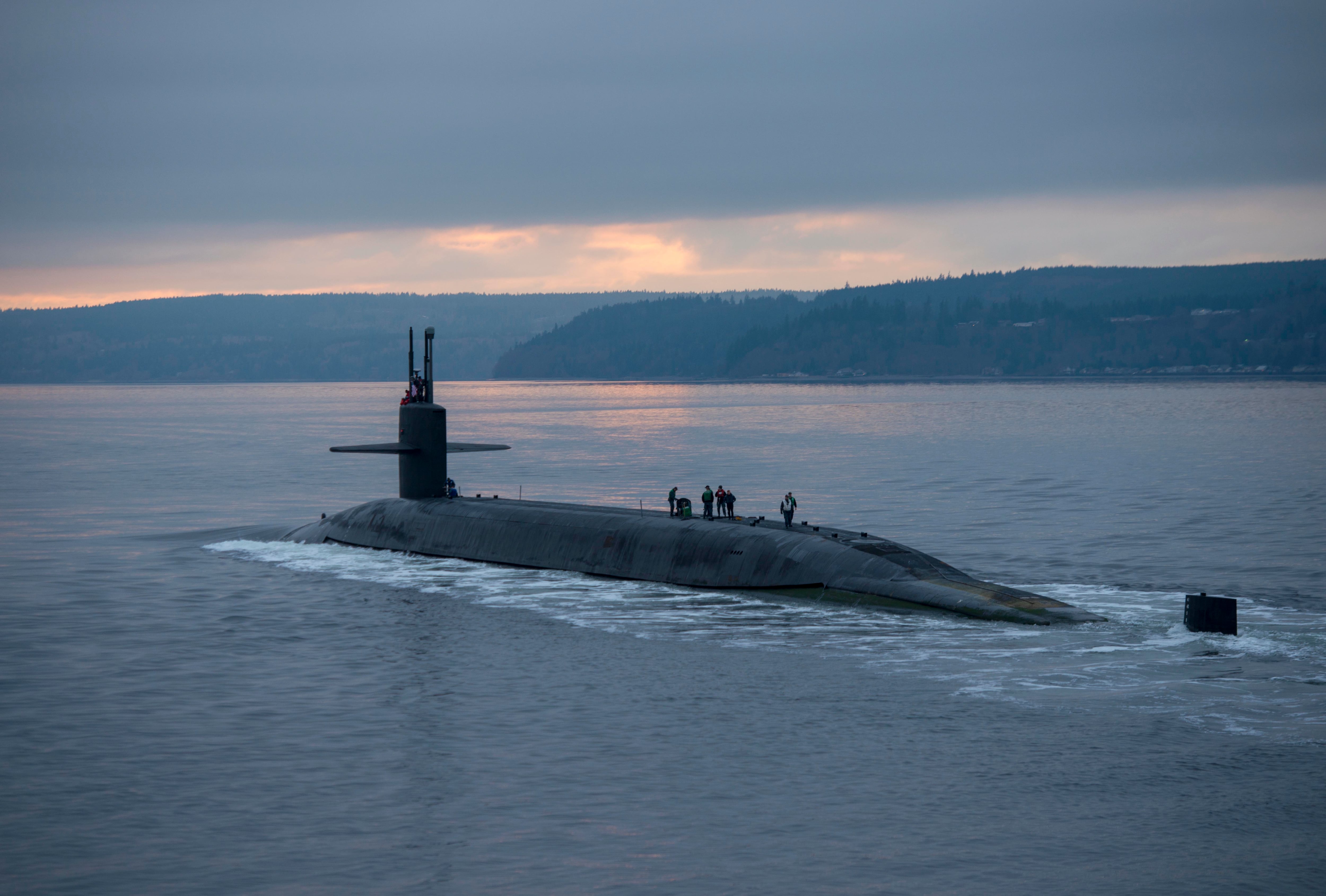WASHINGTON — Members of Congress used a hearing Tuesday to question whether the National Nuclear Security Administration, a semiautonomous arm of the Department of Energy that handles development of nuclear warheads, can spend an almost 20 percent funding increase requested by the Trump administration.
As part of its national security budget request, the White House asked for more than $46 billion for nuclear programs in fiscal 2021. That includes $28.9 billion for the Department of Defense, which develops the delivery systems such as the B-21 bomber and the new replacement for intercontinental ballistic missiles, as well as $15.6 billion for NNSA’s nuclear weapons accounts and another $1.7 billion for nuclear reactor work, run through the NNSA on behalf of the Navy.
That NNSA total represents a major increase in agency weapons funding over levels projected in the previous budget request, something that several members noted during an appearance by NNSA head Lisa Gordon-Hagerty at the House Armed Services Committee’s Strategic Forces Subcommittee.
Gordon-Hagerty defended the need for the funds, saying, “We have very limited margin for error” to keep both the warhead modernization efforts and the development of plutonium pit production capabilities on track. She described the funding as “requirements-based” and the result of consultations within the NNSA and DoD partners, and she expressed confidence that the money would be put to good use.
RELATED

A different view was painted by Allison Bawden, director of the natural resources and environment team within the Government Accountability Office, who also appeared before the committee. Bawden warned that the “spend rate has to go up very quickly” for NNSA to be able to spend all the money coming its way.
Asked directly by Rep. Susan Davis, D-Calif., if NNSA could successfully execute a roughly $3 billion increase from its FY20 to FY21 request, Bawden said it would be “very challenging” to do so.
Expect agency officials to face similar questions about how to spend its money on Wednesday, when they appear in front of the House Energy and Water Development, and Related Agencies Subcommittee, the appropriations panel with the most direct control of the NNSA’s budget.
The chairwoman of that subcommittee, Rep. Marcy Kaptur, D-Ohio, told Defense News this week that the administration is “again proposing a nuclear weapons budget that does not establish clear priorities.”
“The proposed $3.1 billion increase for weapons is simply sprinting toward failure, and Congress should right-size NNSA’s workload to match what the complex can realistically do,” Kaptur said.
For comparison, here are the five-year projections for NNSA’s weapons activities listed in the FY21 request, versus what was projected in the FY20 request:
- FY21: $15.6 billion for weapons activities, up from $12.8 billion projected in FY20.
- FY22: $15.94 billion for weapons activities, up from $13 billion projected in FY20.
- FY23: $16.27 billion for weapons activities, up from $13.1 billion projected in FY20.
- FY24: $16.6 billion for weapons activities, up from $13.4 projected in FY20.
- FY25: $16.96 billion for weapons activities, up from $13.5 billion projected in FY20.
All told, that equals an estimated $81.37 billion to be spent on nuclear weapons programs, including modernization of a number of warheads. Combined with the Pentagon’s plan to spend about $87 billion over that same time frame on nuclear modernization, the overall price tag for the Future Years Defense Program could be at least $163 billion.
Stephen Young, an expert with the Union of Concerned Scientists, said that the nuclear “bow wave” of spending that has long been predicted is finally arriving. But he agrees that the NNSA is likely to be challenged in spending its significant increase in dollars.
“The problem is, the NNSA will almost certainly fail to achieve its admittedly aggressive timelines, even though it is throwing money at the problem. If the United States does not have an achievable, realistic warhead plan, the Pentagon will face difficult choices going forward,” Young said. “The good news is, because the U.S. nuclear arsenal is so robust, even if the NNSA has significant failures, the U.S. deterrent will remain robust."
Aaron Mehta was deputy editor and senior Pentagon correspondent for Defense News, covering policy, strategy and acquisition at the highest levels of the Defense Department and its international partners.







